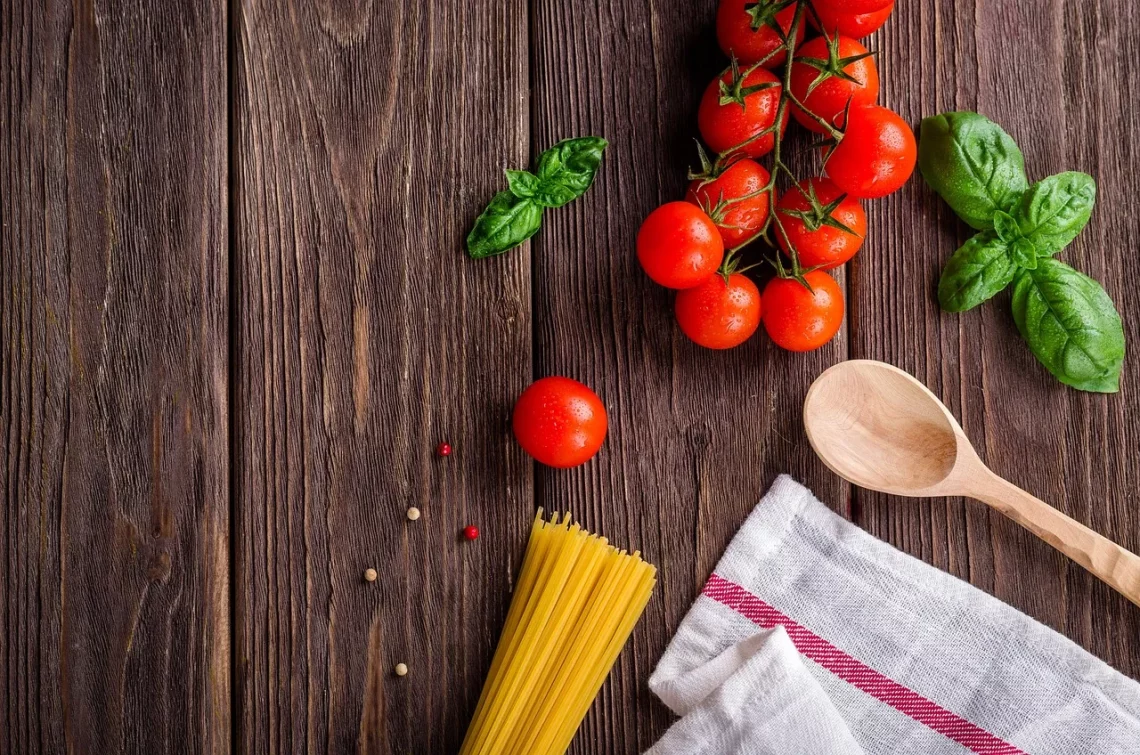
Best Puppy Food for Labradoodles: Top Picks for Healthy Growth
Choosing the right food for your Labradoodle puppy is essential for their growth and overall health. Labradoodles, a crossbreed of Labrador Retrievers and Poodles, are known for their friendly nature and intelligence. As they grow, their dietary needs evolve, making it crucial for pet owners to understand what constitutes a balanced diet for these energetic dogs. Proper nutrition helps promote strong muscles, healthy bones, and a shiny coat, while also supporting cognitive development and a well-functioning immune system.
With so many options available on the market, from dry kibble to wet food and raw diets, selecting the best puppy food can be overwhelming. It’s vital to consider the unique requirements of Labradoodles, including their size, activity level, and any potential food sensitivities. Additionally, understanding the ingredients and nutritional value of different pet foods can significantly influence your puppy’s growth trajectory.
In this guide, we’ll explore the factors to consider when selecting puppy food, highlight some of the top-rated options available, and provide tips for maintaining a healthy diet for your Labradoodle. By making informed decisions about your puppy’s nutrition, you can help ensure they grow into a happy and healthy adult dog.
Key Nutritional Needs for Labradoodle Puppies
When it comes to feeding Labradoodle puppies, understanding their specific nutritional requirements is essential. Puppies, especially those of larger breeds, have different needs compared to adult dogs. Their growth phases demand higher levels of specific nutrients, making it crucial to select a puppy food that caters to these requirements.
Protein is the cornerstone of a puppy’s diet. It supports muscle development and overall growth. For Labradoodles, look for puppy food with a protein content of at least 22% to ensure they receive enough amino acids for healthy development. Quality sources of protein, such as chicken, beef, or fish, are preferable as they also provide essential fatty acids that contribute to a shiny coat and healthy skin.
Fats are another critical component of a Labradoodle’s diet. Healthy fats provide energy and are vital for brain development. Look for puppy foods containing omega-3 and omega-6 fatty acids, which can come from fish oil or flaxseed. These fats not only promote cognitive function but also help maintain a healthy immune system.
Carbohydrates are also an essential part of a puppy’s diet, providing the energy needed for their active lifestyle. Whole grains like brown rice and oats are good carbohydrate sources, offering additional fiber for digestive health. However, some Labradoodles may have sensitivities to grains, so it’s essential to monitor your puppy for any adverse reactions.
Vitamins and minerals play a crucial role in a puppy’s overall health. Look for foods fortified with essential nutrients like calcium, phosphorus, and vitamins A, D, and E, which support bone development, vision, and immune function.
Finally, hydration is key. Always ensure your Labradoodle has access to fresh water, as proper hydration is vital for digestion and overall health.
Top Puppy Food Brands for Labradoodles
With numerous brands available, it can be challenging to determine which puppy food is best for your Labradoodle. Here are some top-rated options that meet the nutritional guidelines suitable for this breed:
1. **Royal Canin Labradoodle Puppy Dry Dog Food**: Specifically formulated for Labradoodle puppies, this food includes a blend of nutrients to support healthy growth. It contains high-quality protein and fibers that promote digestive health and help puppies maintain a healthy weight. The kibble size is designed to be easy for puppies to pick up, catering to their unique jaw structure.
2. **Blue Buffalo Life Protection Formula Puppy Chicken and Brown Rice Recipe**: This option features real chicken as the first ingredient, providing high-quality protein. It includes whole grains, fruits, and vegetables, along with essential vitamins and minerals to support a strong immune system. The inclusion of DHA from fish oil aids in cognitive development.
3. **Wellness CORE Grain-Free Puppy Recipe**: For owners preferring a grain-free diet, this formula offers high protein content and wholesome ingredients. It’s rich in omega fatty acids, antioxidants, and probiotics, promoting healthy skin, coat, and digestion. The grain-free aspect can be beneficial for Labradoodles with grain sensitivities.
4. **Hill’s Science Diet Puppy Chicken Meal & Barley Recipe**: This food is crafted with high-quality ingredients and designed to support healthy growth in puppies. It’s packed with DHA from fish oil for brain development and includes a balanced blend of nutrients to promote healthy bones and teeth.
5. **Merrick Grain-Free Texas Beef & Sweet Potato Recipe**: This high-protein option is ideal for active Labradoodles. With real beef as the first ingredient, it provides essential nutrients and energy for growing puppies. The addition of sweet potatoes offers healthy carbohydrates, making it a well-rounded choice.
When selecting a puppy food, always check the ingredient list and ensure it aligns with your Labradoodle’s specific needs. Transitioning to new food should also be done gradually to prevent digestive upset.
How to Transition Your Labradoodle to New Food
Transitioning your Labradoodle puppy to a new food requires careful planning to avoid gastrointestinal issues. A sudden change in diet can lead to digestive upset, so it’s crucial to introduce new food gradually.
Start by mixing a small amount of the new food with your Labradoodle’s current food. A common recommendation is to begin with about 25% of the new food and 75% of the old food. Gradually increase the proportion of the new food while decreasing the old food over a period of about 7 to 10 days. This gradual transition allows your puppy’s digestive system to adjust to the new ingredients.
During the transition, keep an eye on your puppy for any signs of digestive distress, such as diarrhea or vomiting. If you notice any adverse reactions, consider slowing down the transition process or consulting your veterinarian.
Additionally, maintain a consistent feeding schedule. Puppies thrive on routine, so feeding them at the same times each day can help them adjust to their new diet more comfortably. Portion control is also essential, as puppies need to eat the right amount to support healthy growth without overfeeding.
Remember that Labradoodles are prone to certain health issues, such as hip dysplasia and allergies. If you suspect your puppy has a food allergy or intolerance, consult your veterinarian. They can guide you in choosing appropriate food options that will meet your puppy’s needs.
In summary, a thoughtful approach to transitioning your Labradoodle puppy to a new food can lead to a successful diet change that supports their growth and well-being.
Maintaining a Balanced Diet for Lifelong Health
Once you’ve established a suitable puppy food for your Labradoodle, it’s essential to maintain a balanced diet throughout their life. As your puppy matures into adulthood, their nutritional needs will change. It’s vital to transition them to adult dog food at the appropriate age, typically around 12 months, to ensure they receive the right balance of nutrients for their life stage.
Regularly monitor your Labradoodle’s weight and overall health. Maintaining an ideal body condition is crucial to prevent obesity, which can lead to various health issues, including joint problems and diabetes. If your puppy is gaining weight too quickly, consider adjusting their portion sizes or consulting with your veterinarian for tailored advice.
Incorporating variety into your dog’s diet can also be beneficial. While it’s essential to provide a primary food source, adding some healthy treats or mixing in a small amount of wet food can keep mealtime interesting. However, ensure that any treats are nutritious and appropriate for your puppy’s age and dietary needs.
Hydration should not be overlooked. Always provide fresh water, especially during warmer months or after exercise. Proper hydration is vital for digestion, energy levels, and overall health.
Lastly, regular veterinary check-ups are essential for monitoring your Labradoodle’s health and nutritional needs. Your veterinarian can provide guidance on the best food options based on your dog’s specific requirements, ensuring they remain healthy and happy throughout their life.
In conclusion, selecting the right food for your Labradoodle puppy is a critical decision that impacts their growth and health. By understanding their nutritional needs and making informed choices, you can help your puppy thrive.
**Disclaimer**: This article is for informational purposes only and is not intended as medical advice. For any health concerns regarding your pet, please consult your veterinarian.




